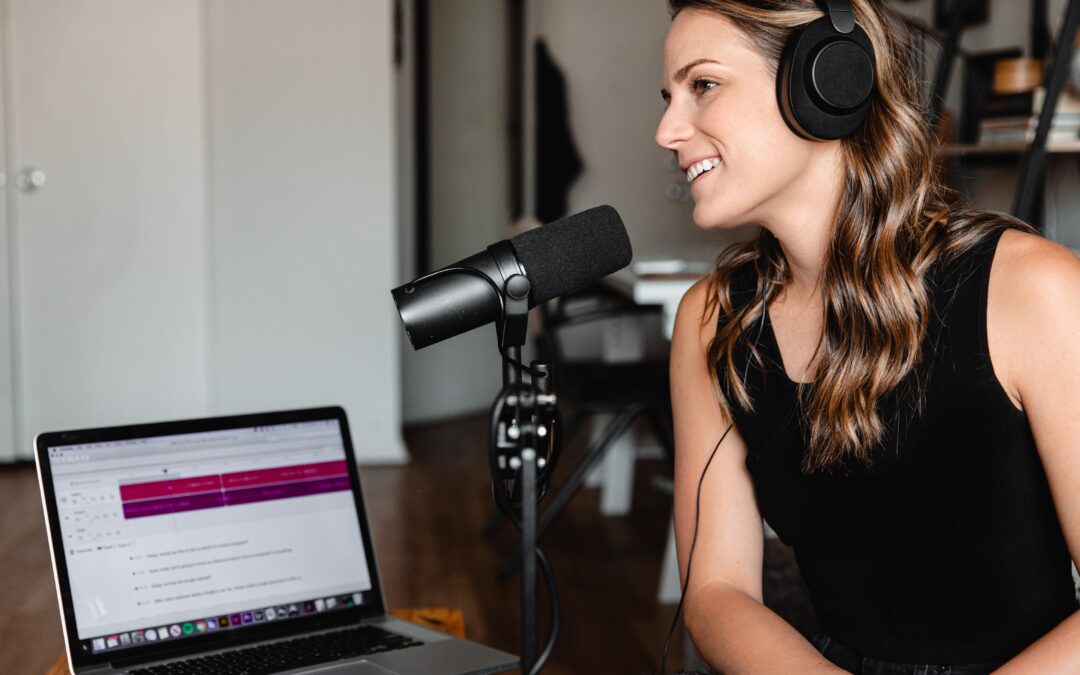Voice-over is a technique used in various industries, including film, television, and advertising. It involves adding narration, commentary, or character voices to a video or audio production. Voice-over artists need to possess a unique skill set, including vocal range, timing, enunciation, and acting ability. Here are some voice-over techniques that can help you excel in this profession:
- Breath control: Proper breath control is essential for voice-over artists. You should practice breathing exercises to help control your voice and maintain a steady tone. You can try breathing from your diaphragm and avoiding shallow breathing.
- Vocal warm-up: Like athletes, voice-over artists need to warm up their voices before recording. You can do simple vocal exercises like humming, lip trills, and tongue twisters to get your voice ready for recording.
- Articulation and enunciation: Clear articulation and enunciation are critical for voice-over work. You should practice speaking clearly and distinctly, so your audience can understand every word you say.
- Tone and inflection: The tone and inflection of your voice can greatly affect the mood and impact of your voice-over. You should experiment with different tones and inflections to create the desired effect.
- Microphone technique: The way you use your microphone can affect the quality of your voice-over. You should position the microphone close to your mouth and speak directly into it. This will ensure that your voice-over is clear and easily audible.
- Reading pace: The pace at which you read your script can affect the impact of your voice-over. You should aim to read at a pace that is comfortable for your audience to follow.
- Script interpretation: Voice-over artists should interpret the script to deliver a compelling performance that connects with the audience. You should understand the context, tone, and intended audience before recording your voice-over.
- Voice acting: Voice acting is an essential skill for voice-over artists. You should be able to create different voices and characters to add depth and variety to your voice-over work.
- Post-production editing: After recording your voice-over, you can use audio editing software to clean up any background noise, adjust the volume, and add effects.
In conclusion, voice-over is a challenging and rewarding profession that requires a unique set of skills. By following these voice-over techniques, you can improve your voice-over skills and become a successful voice-over artist. Remember to stay confident, practice regularly, and always strive for excellence.

